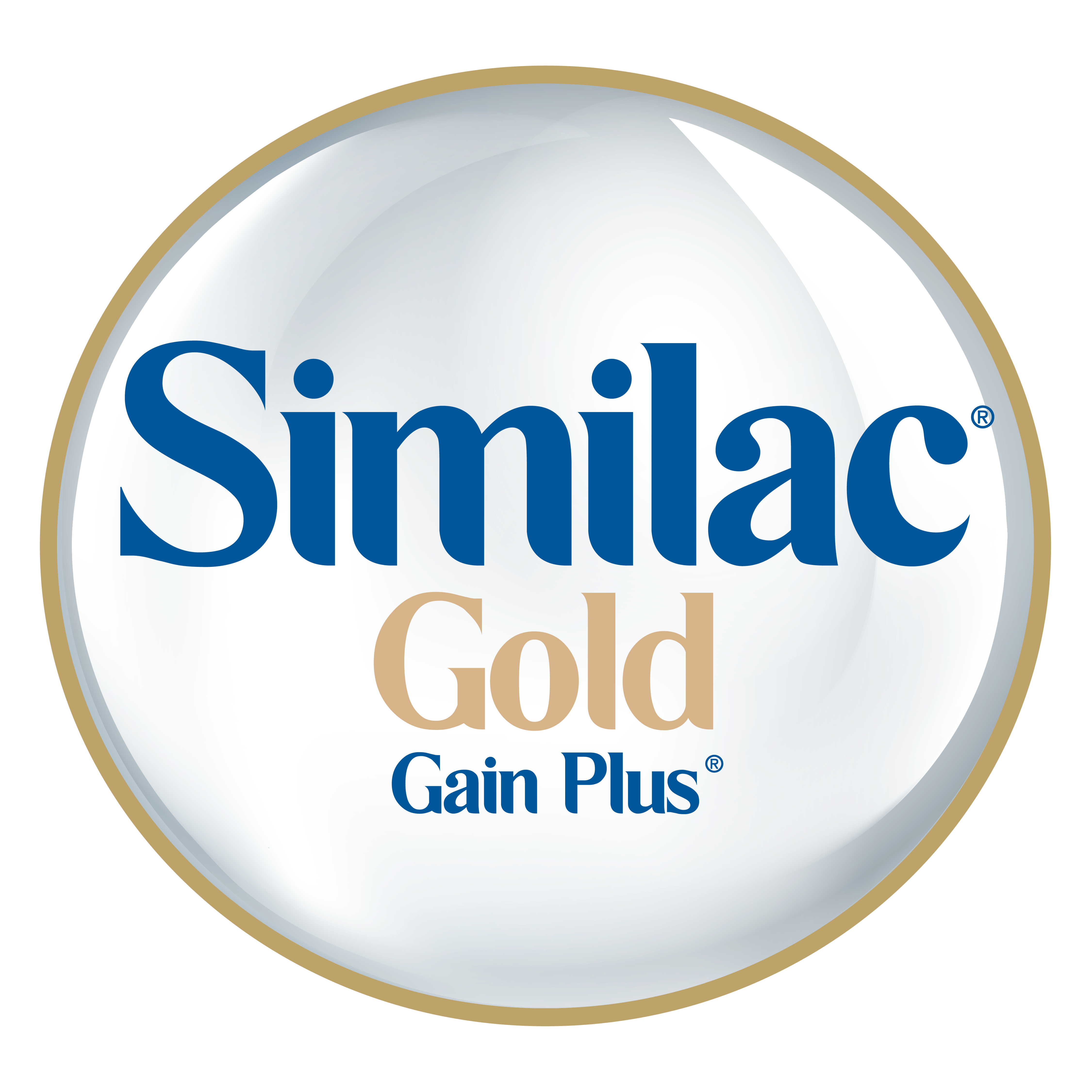INGREDIENTS: Skim milk, lactose, VEGETABLE OILS: (high oleic sunflower oil, soybean oil, coconut oil), whey protein concentrate, buttermilk powder, fructo-oligosaccharide (FOS), MINERALS: (calcium carbonate, tricalcium phosphate, sodium citrate, potassium chloride, calcium hydroxide, ferrous sulfate, potassium citrate, zinc sulfate, manganese sulfate, copper sulfate, magnesium chloride, potassium iodide, sodium selenate), flavors, 2'-fucosyllactose (2'-FL) (oligosaccharide), VITAMINS: (ascorbic acid, sodium ascorbate, niacinamide, calcium d-pantothenate, RRR-alpha tocopheryl acetate, Vitamin A palmitate, thiamine hydrochloride, riboflavin, pyridoxine hydrochloride, folic acid, phylloquinone, d-biotin, cholecalciferol, cyanocobalamin), soy lecithin, m-inositol, docosahexaenoic acid (DHA) from Schizochytrium sp., choline chloride, taurine, choline bitartrate, ascorbyl palmitate, arachidonic acid (AA) from M. alpina oil, NUCLEOTIDES: (cytidine 5'-monophosphate, disodium uridine 5'-monophosphate, adenosine 5'-monophosphate, disodium guanosine 5'-monophosphate), mixed tocopherols, CAROTENOIDS: (lutein, beta carotene)
Exit Website
You are about to exit for another Abbott country or region specific website.
Please be aware that the website you have requested is intended for the residents of a particular country or region, as noted on that site. As a result, the site may contain information on pharmaceuticals, medical devices and other products or uses of those products that are not approved in other countries or regions.
The website you have requested also may not be optimized for your specific screen size.
Do you wish to continue and exit this website?





Stay Connected